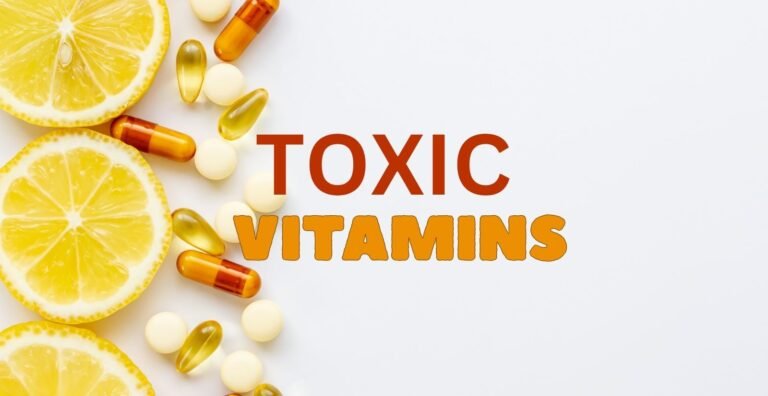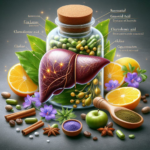Top Health & Wellness Product Reviews with Exclusive Sale Prices!
Strep Throat Symptoms, Treatments & Prevention: Ultimate Guide

In recent months, the term “strep throat” has surged in popularity, especially among parents and educators concerned about its spread in schools and daycares. But what exactly is strep throat, and why should you be informed about it? This comprehensive blog post aims to provide a deep dive into strep throat, its symptoms, treatment, and prevention, while using SEO best practices to ensure it reaches the widest possible audience. By incorporating focus keywords like “strep throat symptoms,” “strep throat treatment,” and “prevent strep throat,” this article will help you understand this common yet significant health concern and rank high in search engine results.
What is Strep Throat?
Strep throat is a bacterial infection caused by group A Streptococcus bacteria, also known as Streptococcus pyogenes. This infection primarily affects the throat and the tonsils, leading to inflammation and severe pain. Strep throat is most common in children aged 5 to 15, but it can affect people of all ages.
Symptoms of Strep Throat
Recognizing the symptoms of strep throat is crucial for timely treatment and preventing complications. The most common symptoms include:
- Severe sore throat that comes on quickly
- Pain when swallowing
- Red and swollen tonsils, sometimes with white patches or streaks of pus
- Tiny red spots on the area at the back of the roof of the mouth (soft or hard palate)
- Swollen, tender lymph nodes in the neck
- Fever
- Headache
- Nausea or vomiting, especially in younger children
- Body aches
These symptoms can vary in severity and some people may experience additional symptoms like rash, which is known as scarlet fever.
How is Strep Throat Diagnosed?
If you or someone you care for exhibits the symptoms mentioned above, it is important to seek medical attention promptly. A healthcare provider will typically perform a rapid strep test to detect the presence of group A Streptococcus bacteria. This test involves swabbing the throat and tonsils. If the rapid test is negative but strep throat is still suspected, a throat culture might be performed to confirm the diagnosis.
Treatment Options for Strep Throat
Timely and appropriate treatment is essential to alleviate the symptoms of strep throat, prevent the spread of infection, and avoid complications. The primary treatment options include:
- Antibiotics: Penicillin or amoxicillin are the most commonly prescribed antibiotics for treating strep throat. These medications help reduce the duration of symptoms, prevent complications, and reduce the risk of spreading the infection to others.
- Pain relievers: Over-the-counter medications like ibuprofen or acetaminophen can help reduce pain and fever. It’s important to follow the dosing instructions and consult a healthcare provider, especially when giving medications to children.
Home Remedies for Strep Throat
In addition to medical treatment, several home remedies can help alleviate the symptoms of strep throat and promote recovery:
- Stay hydrated: Drinking plenty of fluids like water, herbal teas, and clear broths helps keep the throat moist and soothes irritation.
- Saltwater gargle: Gargling with warm salt water can help reduce swelling and relieve throat pain. Mix half a teaspoon of salt in a glass of warm water and gargle several times a day.
- Honey: Honey has natural antibacterial properties and can soothe a sore throat. Add a teaspoon of honey to warm tea or water for relief.
- Rest: Ensure you get plenty of rest to help your body fight off the infection and recover more quickly.
- Humidifier: Using a humidifier in your room can add moisture to the air, which helps keep the throat from drying out and becoming more irritated.
Complications of Strep Throat
If left untreated, strep throat can lead to serious complications. Some of these include:
- Rheumatic fever: This is a rare but serious condition that can affect the heart, joints, nervous system, and skin.
- Post-streptococcal glomerulonephritis: This is a kidney disease that can develop after a strep infection.
- Peritonsillar abscess: This is a collection of pus near the tonsils that can cause severe pain and difficulty swallowing.
Preventing Strep Throat
Preventing the spread of strep throat involves several simple yet effective measures:
- Hand hygiene: Regularly washing hands with soap and water is one of the most effective ways to prevent the spread of infections.
- Avoid close contact: Keep distance from individuals who are infected with strep throat to reduce the risk of transmission.
- Cover your mouth and nose: When coughing or sneezing, use a tissue or your elbow to cover your mouth and nose to prevent the spread of droplets.
- Don’t share personal items: Avoid sharing eating utensils, towels, or cups with others, especially if they show symptoms of strep throat.
Conclusion
Understanding strep throat is essential for its timely recognition, treatment, and prevention. By familiarizing yourself with the symptoms, seeking prompt medical attention, following prescribed treatments, and adopting preventive measures, you can effectively manage and reduce the spread of strep throat. Incorporating focus keywords and SEO best practices in this blog post ensures that it reaches a wide audience and ranks high in search engine results, providing valuable information to those seeking to learn more about this common bacterial infection.
If you found this blog post informative, don’t hesitate to share it with others who might benefit from this knowledge. Stay informed, stay healthy!







